Fraunhofer, KIT study finds CO2 mitigation potential of higher-range PHEVs greater than expected
Green Car Congress
NOVEMBER 29, 2017
In an open-access paper published in Scientific Reports , a team from Fraunhofer ISI and KIT (Karlsruhe Institute of Technology) has presented the first systematic overview of empirical findings on the electrification of vehicle mileage based on on actual PHEV (plug-in hybrid) and BEV (battery-electric vehicle) usage for the US and Germany.


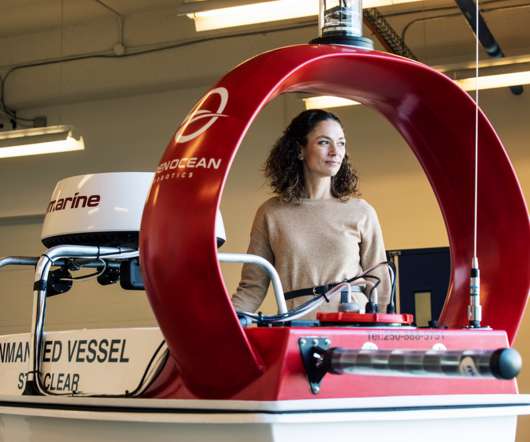

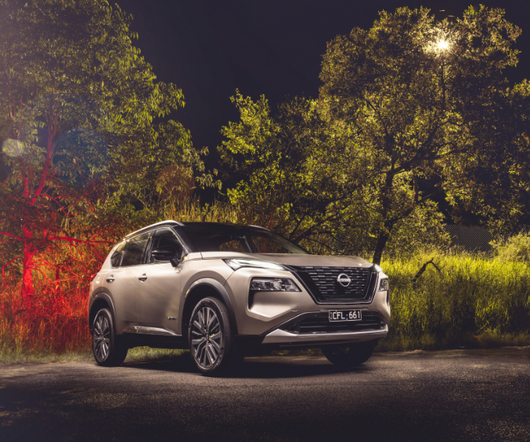


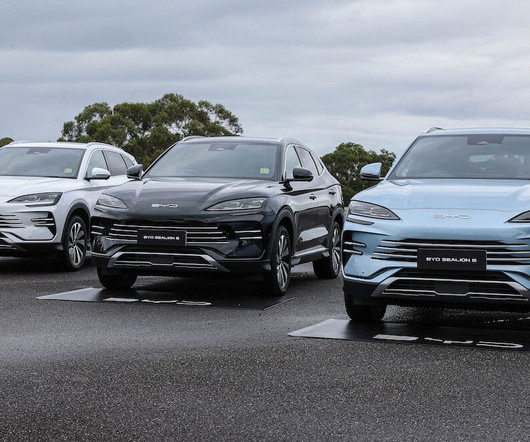
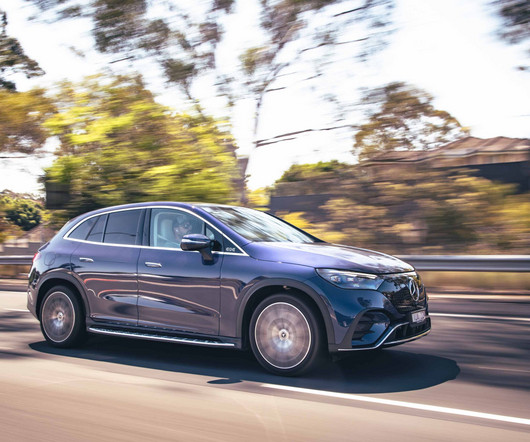
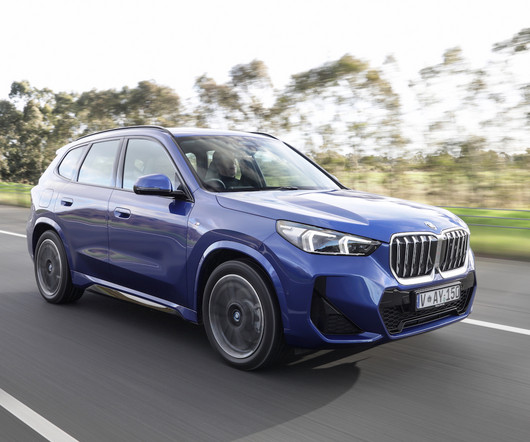

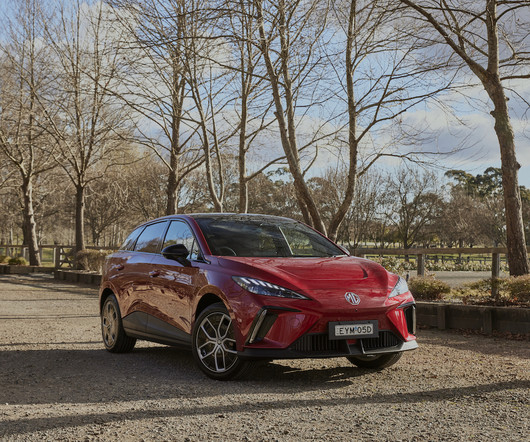

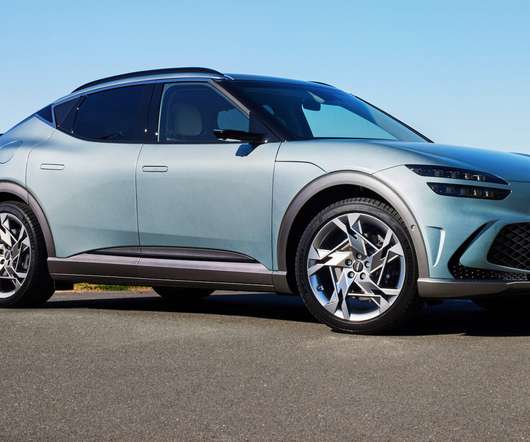

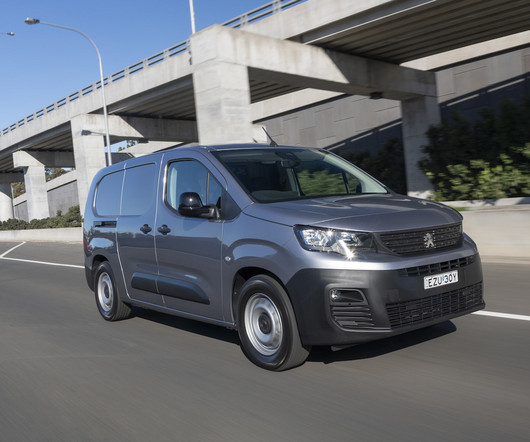



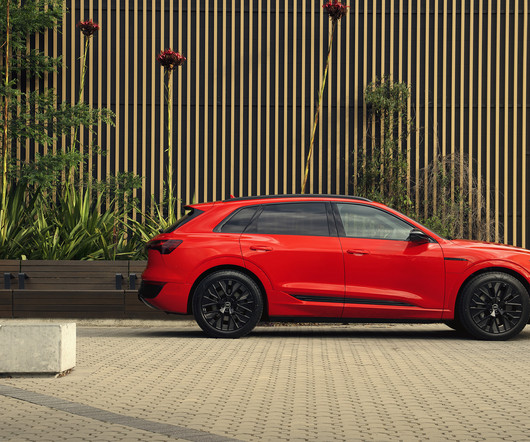

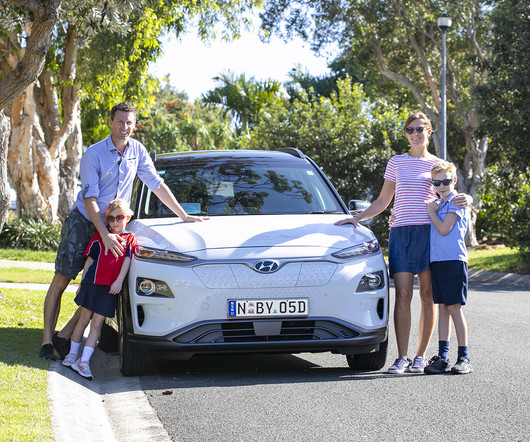
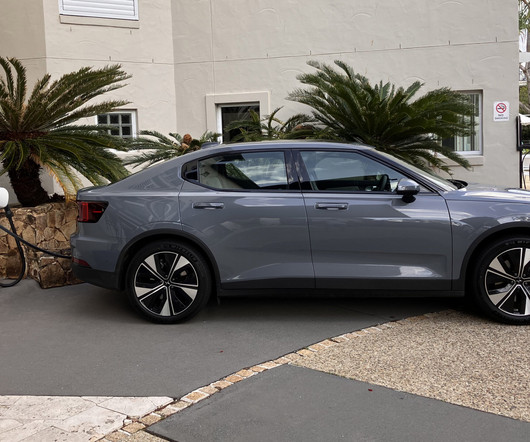







Let's personalize your content